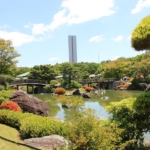Skip the crowds and discover a quieter side of Nara. From mystical caves to retro onsen towns and ancient tombs, here are 20 unique hidden gems in Nara you’ll love exploring.
Table of Contents
1. Wanpaku Zoo: A wholesome petting zoo perfect for kids
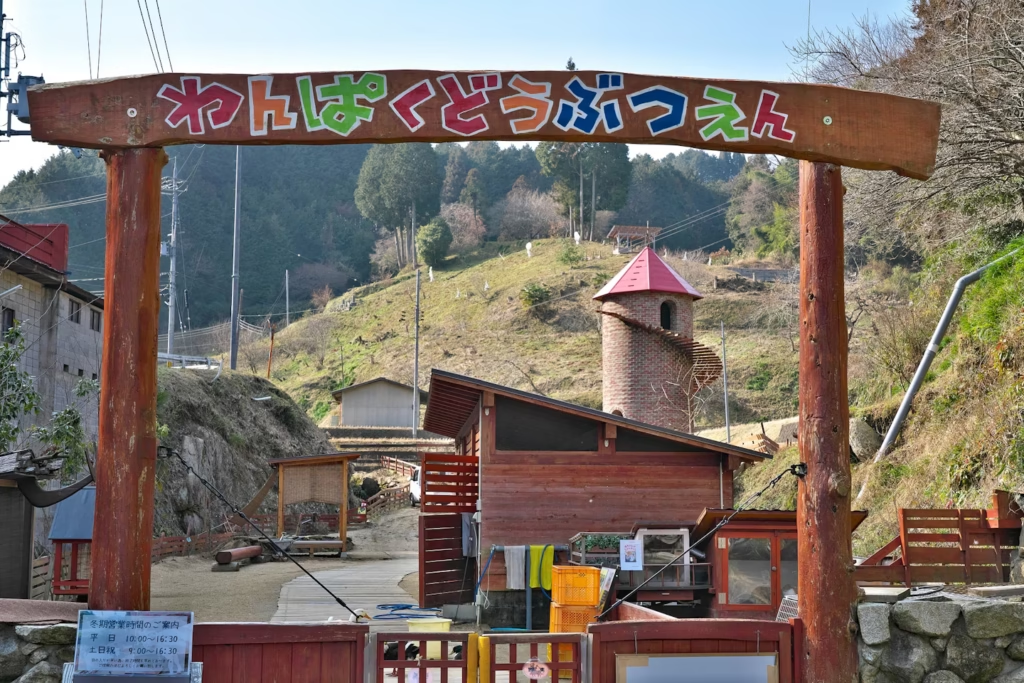
Tucked away in the village of Yamazoe in Nara Prefecture, Wanpaku Zoo is a small animal park that’s a hit with families. It’s especially fun for young kids, who can feed and interact with gentle animals like goats, rabbits, and guinea pigs. There are petting corners, feeding experiences, and lots of open space where little ones can run around freely.
Set on a grassy field surrounded by nature, it’s not just about fun—it’s also a chance to develop a love and understanding of animals. The zoo hosts seasonal events too, so there’s always something new when you return. Simple, wholesome, and full of heart—perfect for a family outing.
Basic Info:
- Address: 32 Kiriyama, Yamazoe Village, Yamabe-gun, Nara
- Phone: 0743-89-0640
- Hours: 9:00–17:00
- Open Days: Fridays, Saturdays, Sundays only
- Admission: Free
- Access: About 15 min by car from Yamazoe IC on the Meihan Expressway
- Website: wampakudobutsuen.com
2. Manyo Botanical Garden: A peaceful stroll through the world of ancient Japanese poetry
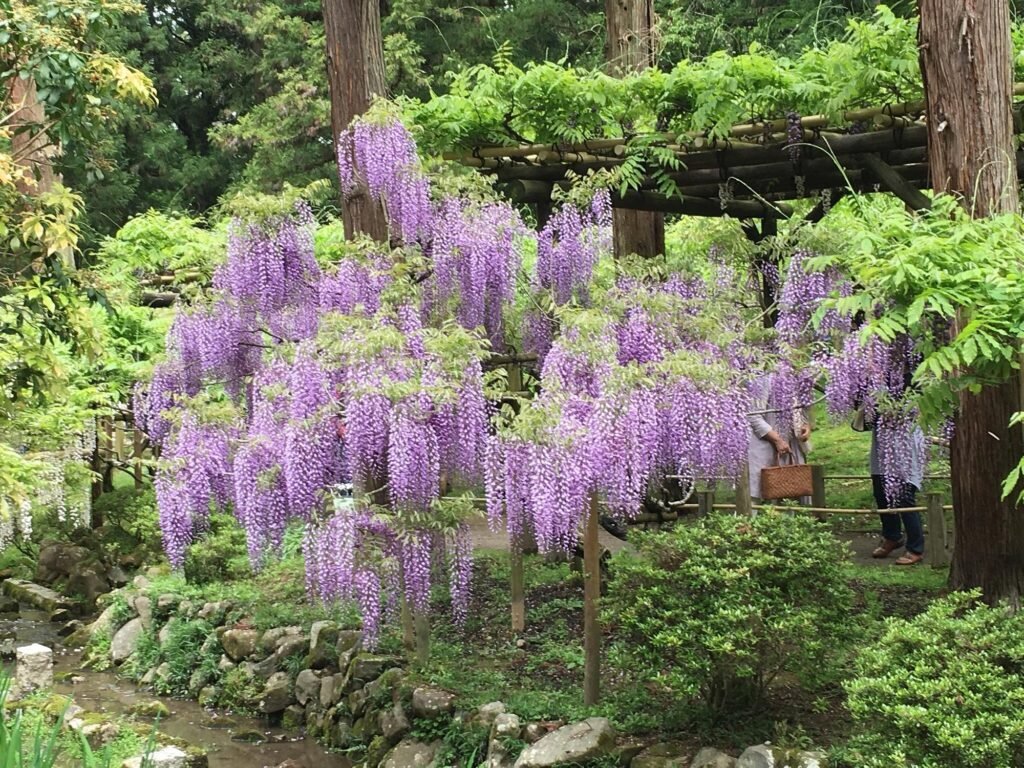
Located within Nara Park, this traditional botanical garden brings the world of the Manyoshu—Japan’s oldest collection of poetry—to life. It’s home to a huge variety of plants mentioned in the poems, and the scenery changes beautifully with the seasons. Expect cherry blossoms and plum trees in spring, fiery red maples in autumn, and a serene atmosphere year-round.
As you walk through the gardens, you’ll come across signs identifying the plants and the poems they appear in. It’s a peaceful, almost meditative experience that connects you with the nature and literature of ancient Japan.
Basic Info:
- Address: Kasugano-cho, Nara City
- Phone: 0742-22-7788
- Hours: 9:00–16:30 (last entry at 16:00)
- Closed: Tuesdays from June to March (open if Tuesday is a public holiday)
- Admission: Adults ¥500 / Children ¥200
- Access: 3-min walk east from “Kasuga Taisha Omotesando” bus stop
- Website: kansai.com
3. Kasuga Taisha Shrine: A sacred place shimmering with lanterns and spiritual energy
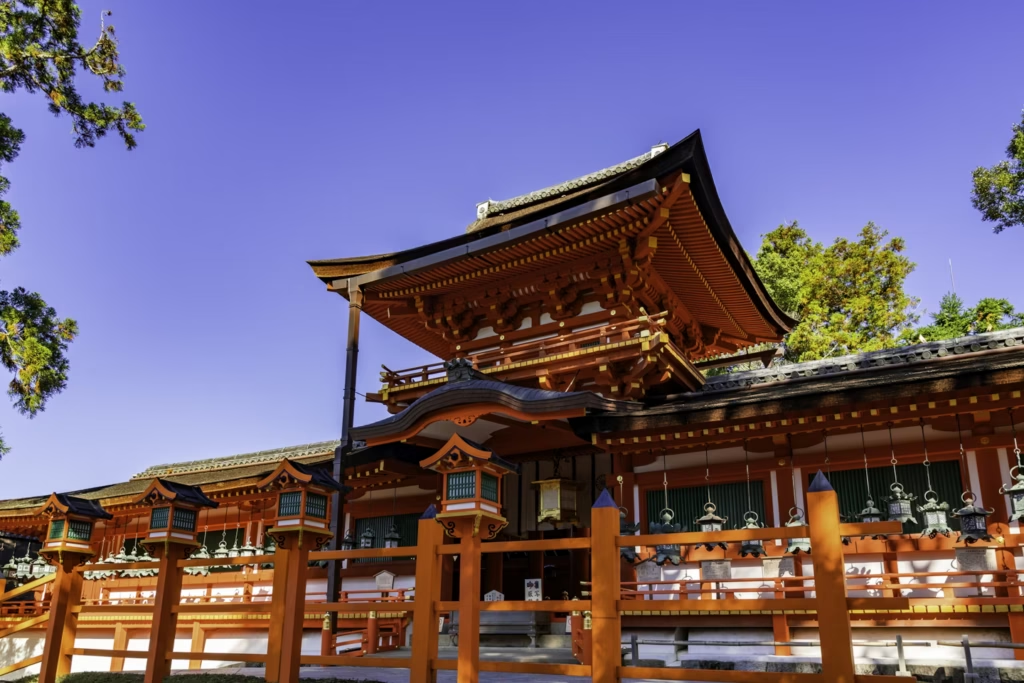
One of Japan’s most revered Shinto shrines, Kasuga Taisha sits tucked into the eastern side of Nara Park, surrounded by tall cedars and roaming deer. It’s been standing here since 768 and was once the guardian shrine of the powerful Fujiwara clan.
The bright vermillion halls and covered walkways are designated Important Cultural Properties. But what makes this shrine truly magical are the 3,000 stone and bronze lanterns lining the paths—especially during the Lantern Festivals in February and August, when they’re all lit up in a dreamy, golden glow. Don’t miss the nearby Man’yō Botanical Garden or the Treasure Hall (Kokuhōden) with its sacred artifacts. And if you’re seeking love or connection, make a wish at the Meoto Daikokusha shrine nearby—it’s known for matchmaking blessings.
Extra tip: Located inside Nara Park, so expect a few curious deer to tag along.
4. Heijō Palace Site Museum (Nara National Research Institute for Cultural Properties): Get up close with archaeology and Nara-era discoveries
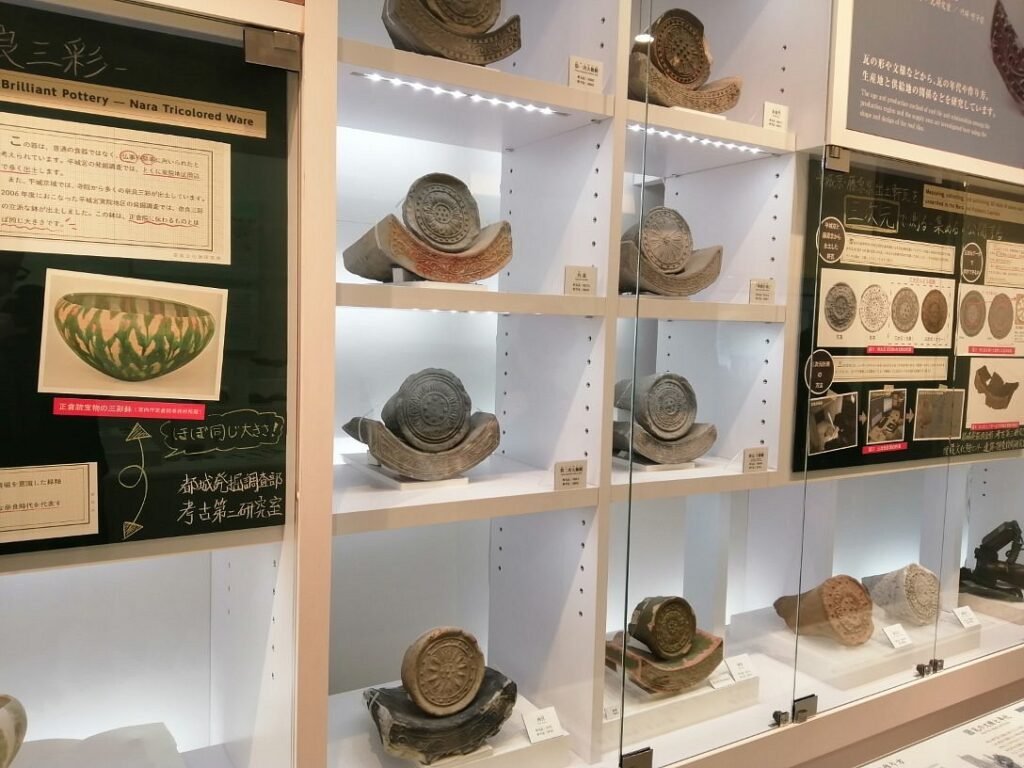
Right where the grand Heijō Palace once stood, you’ll now find a peaceful, sprawling field with something special: the Heijō Palace Site Museum. This museum brings the ancient Nara Period (710–794) to life through artifacts unearthed from the old palace grounds.
Inside, you’ll find tools, models, and even reconstructed buildings that give you a sense of daily life, politics, and craftsmanship during one of Japan’s most formative eras. The museum building itself is a modern reconstruction inspired by the palace’s layout, and there are frequent lectures and temporary exhibits that deepen the experience.
Basic Info:
- Address: Saki-cho, Nara City
- Phone: 0742-30-6753
- Hours: 9:00–16:30 (last entry 16:00)
- Closed: Mondays (open if it’s a public holiday, then closed the next day)
- Admission: Free
- Access: 10-minute walk from Yamato-Saidaiji Station
- Website: nara-bunkazai.jp
5. Tōdai-ji Sangatsu-dō (Hokkedō): Where sacred ritual and solemn beauty meet
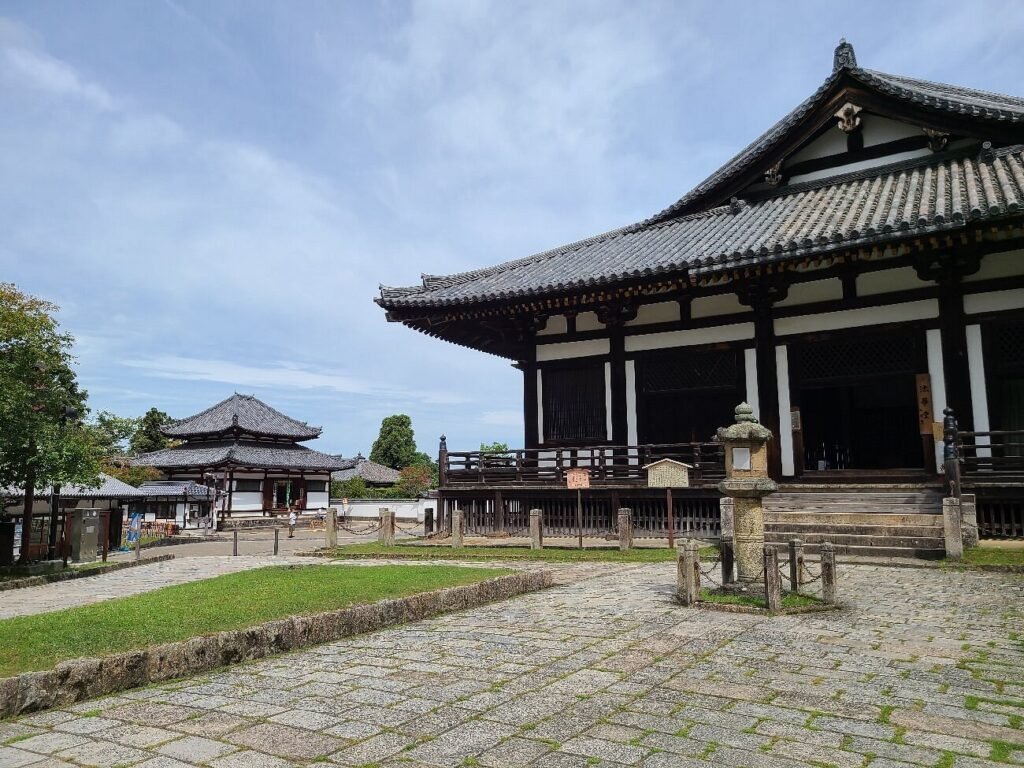
Sangatsu-dō, or the Hall of the Third Month, is one of the oldest structures within the famous Tōdai-ji temple complex. It’s known for the Omizutori ceremony—held every March for over 1,200 years. That’s right, it’s one of the oldest Buddhist rituals still practiced in Japan today.
Inside the hall, you’ll find a tranquil atmosphere and some truly impressive Buddhist statues, like the Eleven-Headed Kannon. The hall is smaller and quieter than the main Great Buddha Hall, making it perfect for visitors who want a more reflective, less crowded experience. Even outside ritual season, the hall’s surroundings—seasonal flowers, soft breezes, quiet paths—make it feel like stepping back in time.
Basic Info:
- Address: Zoshi-cho, Nara City
- Phone: 0742-22-5511
- Hours:
Nov–Feb: 8:00–16:30
Mar: 8:00–17:00
Apr–Sep: 7:30–17:30
Oct: 7:30–17:00 - Closed: Open daily
- Access: 15-minute walk from Kintetsu Nara Station
- Admission: Free
6. Tōdai-ji Temple: The iconic temple with the world’s biggest bronze Buddha
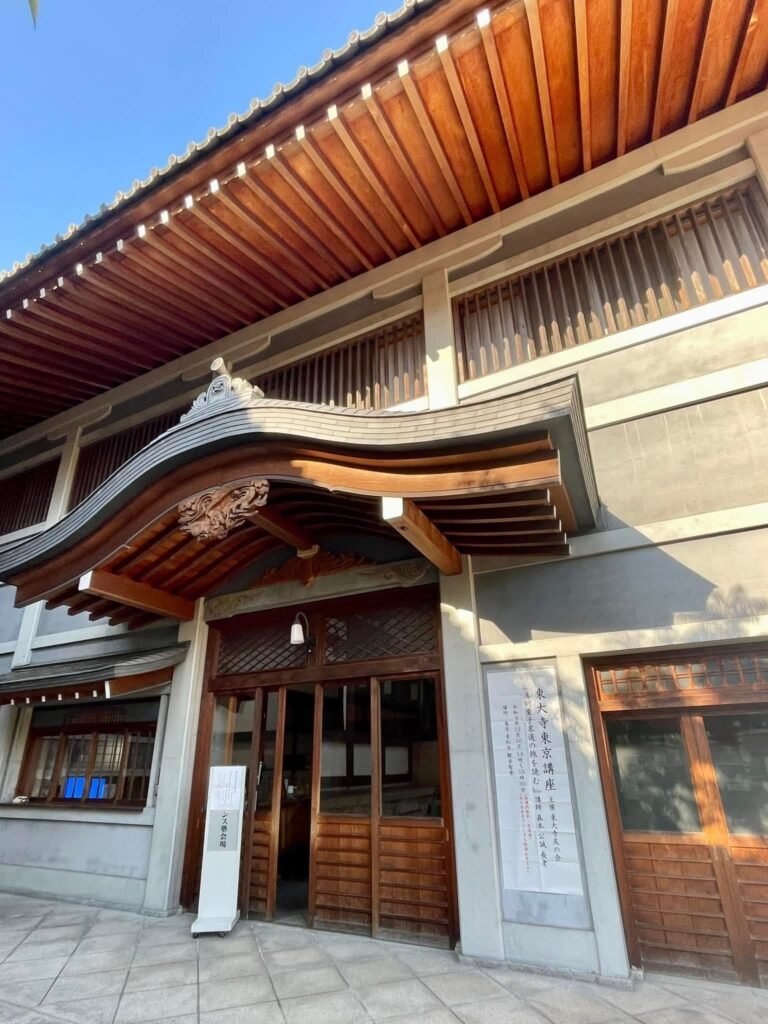
You can’t talk about Nara without mentioning Tōdai-ji. It’s more than just a temple—it’s a spiritual and architectural marvel, built in the 8th century by Emperor Shōmu to unify the nation under Buddhism.
The Great Buddha Hall (Daibutsuden) is still one of the largest wooden buildings in the world, housing a towering 15-meter-high bronze Buddha. The sheer size of the Nandaimon Gate (26 meters tall!) and its guardian statues will blow you away before you even step inside. Around the temple complex, you’ll also find national treasures, peaceful ponds like Kagami-ike (Mirror Pond), and countless deer lounging under the trees.
It’s busy, yes—but for good reason. If it’s your first time in Nara, this is a must-see.
Pro tip: Wear comfy shoes. The grounds are huge!
7. Mount Wakakusa: A sweeping view over Nara—and a fiery annual ritual
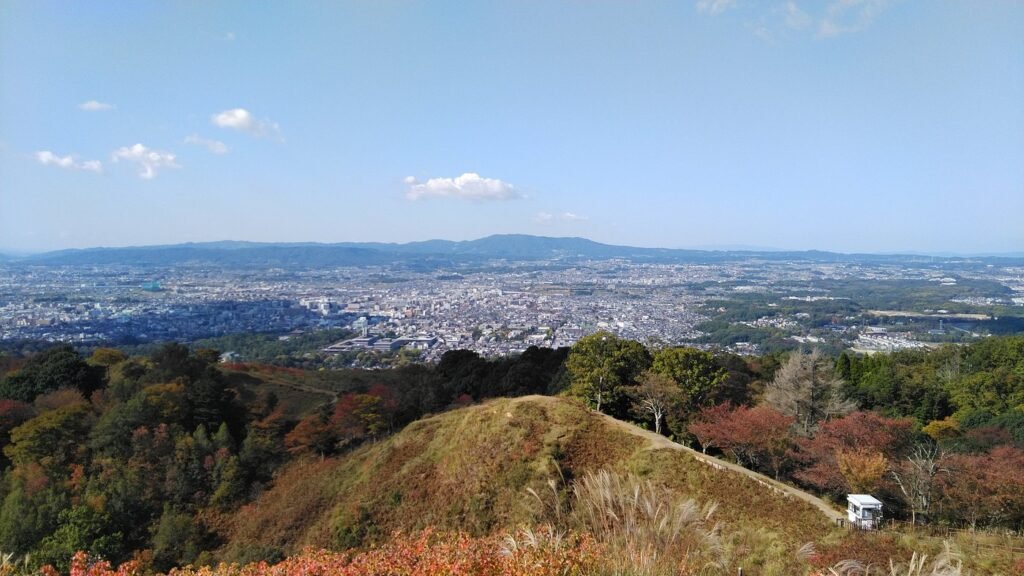
Mount Wakakusa (Wakakusayama) rises gently behind Tōdai-ji and Kasuga Taisha. Its grassy, three-tiered slope is a striking sight—some locals even call it “the Great Buddha’s nose” because of its shape.
From the top, you can see all of Nara laid out beneath you. It’s especially lovely in spring when fresh green shoots appear, and in autumn when the whole hillside glows in red and gold. Come winter, the annual Mount Wakakusa Fire Festival (Wakakusa Yamayaki) is held—yes, they set the whole hill ablaze in a dramatic tradition that lights up the night sky.
It’s an easy 30- to 40-minute hike to the summit, making it great for beginners, too. Nature, culture, and tradition—this spot has it all.
Basic Info:
- Address: Zoshi-cho, Nara City
- Phone: 0742-22-0375
- Hours: 9:00–17:00
- Closed: Open daily
- Access: 10-minute bus ride from Kintetsu Nara Station
- Admission: Adults ¥150 / Children ¥80
- Website: nara-park.com
8. Isuien Garden: A stroll through seasons, poetry, and old-world elegance
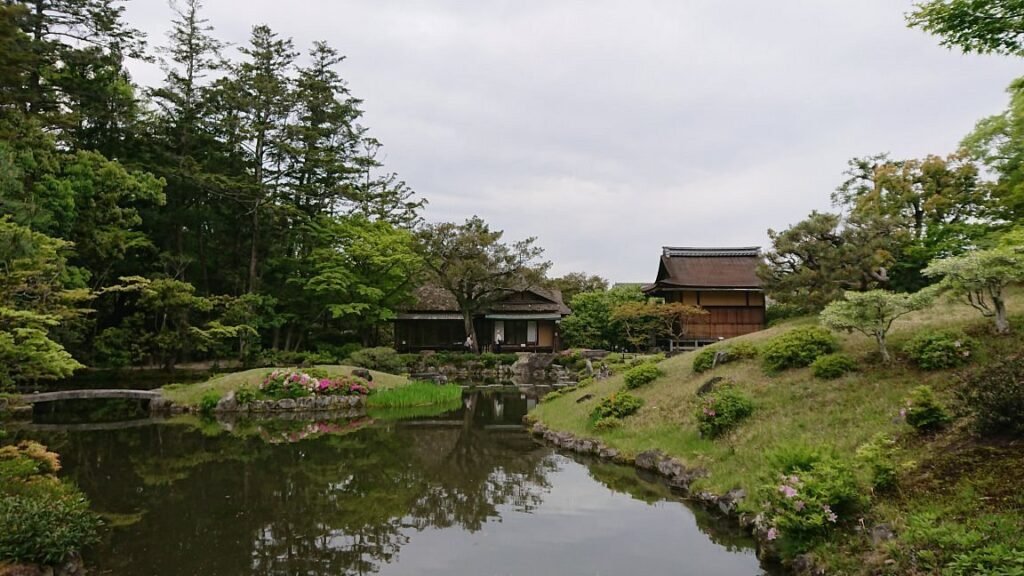
Isuien (literally “garden founded on water”) is a peaceful, pond-centered garden located near Nara Park, known for its strolling-style layout and seamless seasonal transitions. Originally designed in the Edo period, with roots stretching back to the 17th century, this garden is divided into two sections—each offering a different feel and rhythm.
In spring, the cherry blossoms frame the tranquil pond. Autumn turns the maple trees into a riot of crimson. And in between, you might sip matcha in a tucked-away teahouse or just admire the mountains beyond, artfully folded into the scenery.
It’s a refined, gentle kind of beauty. You wander, you breathe, you slow down. A wonderful place to appreciate traditional garden design and let time fade away.
Basic Info:
- Address: 74 Suimon-cho, Nara City
- Phone: 0742-25-0781
- Hours: 9:30–16:30 (last entry at 16:00)
- Closed: Tuesdays (or following day if Tuesday’s a public holiday)
- Access: 15-minute walk from Kintetsu Nara Station
- Admission: Adults ¥1,200 / University & high school students ¥500 / Elementary & junior high ¥300
- Website: isuien.or.jp
9. Isuien & Neiraku Museum: A double treat: tranquil garden + rare artifacts
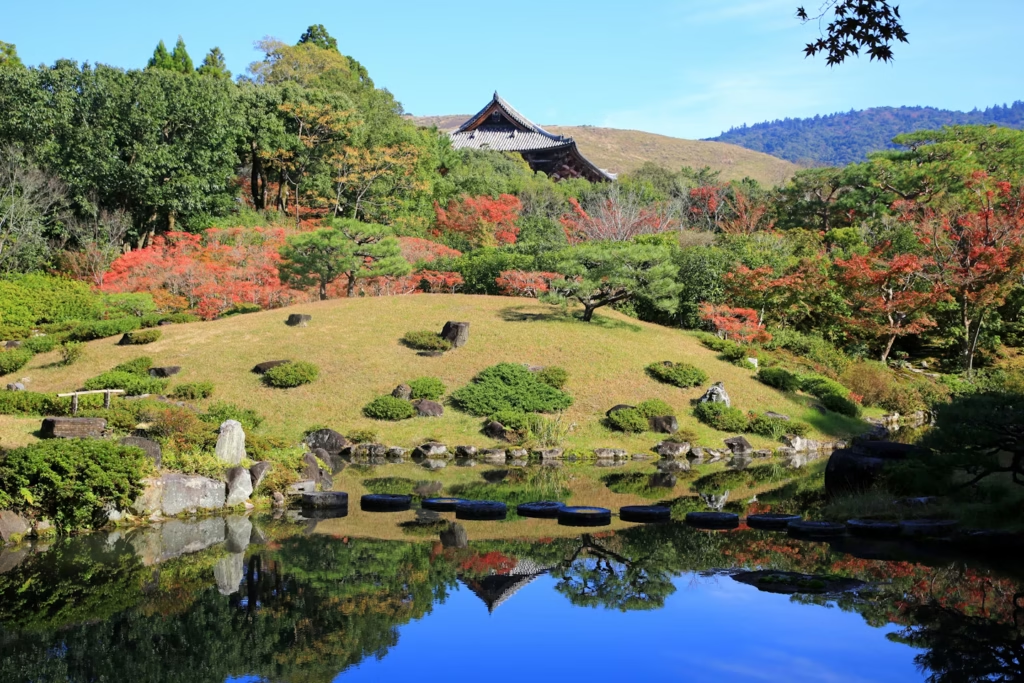
Tucked into the Isuien complex is the Neiraku Museum, housed in a lovely Meiji-era building. This small museum holds a quiet collection of ceramics, paintings, and crafts connected to Nara’s deep cultural roots. The items inside—elegant, understated, often ancient—complement the soft beauty of the garden outside.
There’s also a traditional restaurant inside an Edo-period building where you can enjoy matcha, tororo barley rice, or traditional sweets with garden views. Bonus: seasonal evening light-ups turn this whole spot into a dreamscape during spring and autumn.
It’s central, uncrowded, and deeply atmospheric—perfect for anyone who wants beauty with a side of calm.
10. Saki Pond (Saki-ike): A quiet escape made for slow walks and snapshots
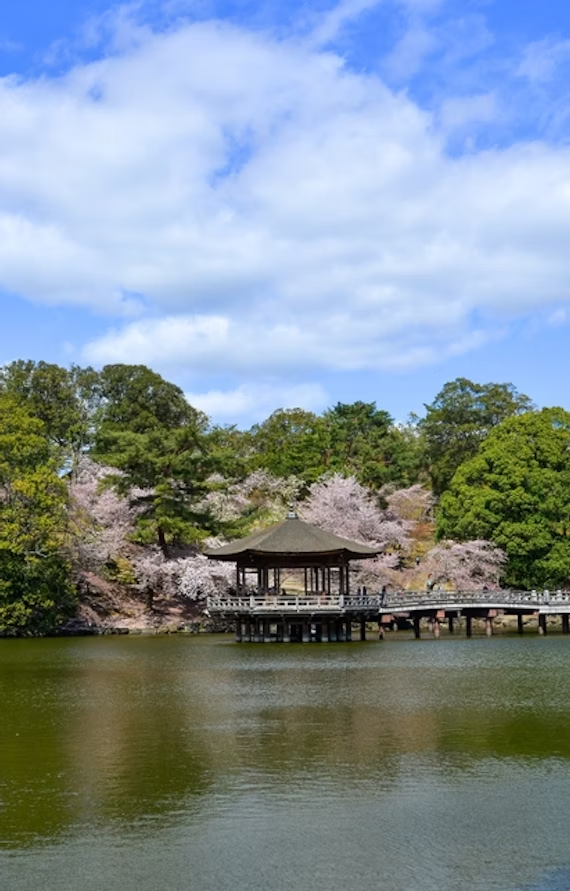
Saki Pond is one of those places that doesn’t shout. It whispers. Nestled in a quiet part of Nara City, this large reflective pond is surrounded by walking paths, seasonal trees, and an easygoing calm. In spring, cherry blossoms wrap the water in pink. In autumn, maple leaves fall like soft confetti.
It’s a favorite among photographers and birdwatchers—lots of migratory birds stop by. You might even stumble across ancient ruins hidden around the area. Perfect for a picnic, a think, or just a breather after a busy temple tour.
Basic Info:
- Address: Saki-cho, Nara City
- Hours: Open at all times
- Closed: Never
- Access: 20-minute walk from Kintetsu Nara Station
- Admission: Free
11. Heijō Palace Ruins: Walk where emperors once ruled, under open skies
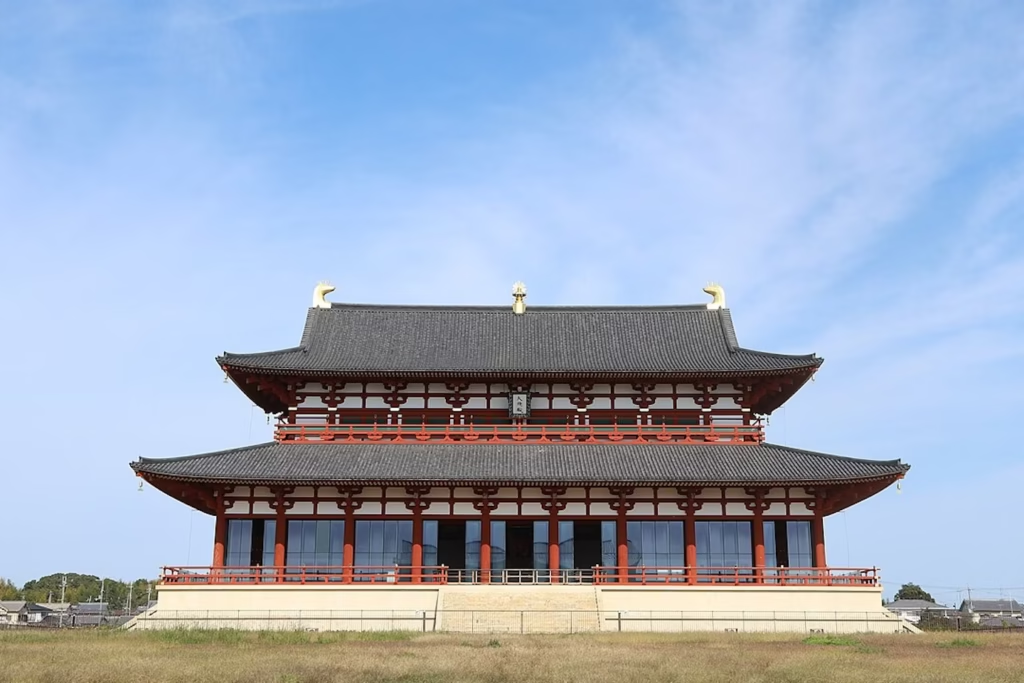
The vast open plains of the Heijō Palace Ruins are a UNESCO World Heritage Site—and they’re stunning in their scale and historical weight. This was the center of Japan’s government during the Nara period, and though the original palace is long gone, many buildings have been faithfully reconstructed.
You’ll see the grand Suzaku Gate, the ceremonial Daigokuden Hall, and other structures from the ancient capital. Each spring and fall, historical events and open-air markets bring the site to life again, complete with traditional costumes, crafts, and food.
It’s history you don’t just learn—you walk through it, in full view of the Nara sky.
Basic Info:
- Address: Saki-cho, Nara City
- Phone: 0742-36-8780 (Heijō Palace Management Center)
- Hours: 9:00–17:00
- Closed: Open daily
- Access: 10-minute bus ride from Kintetsu Nara Station
- Admission: Free
- Website: nara-park.com
12. Heijō Palace Izanai-kan: The past, reimagined in 3D and full color
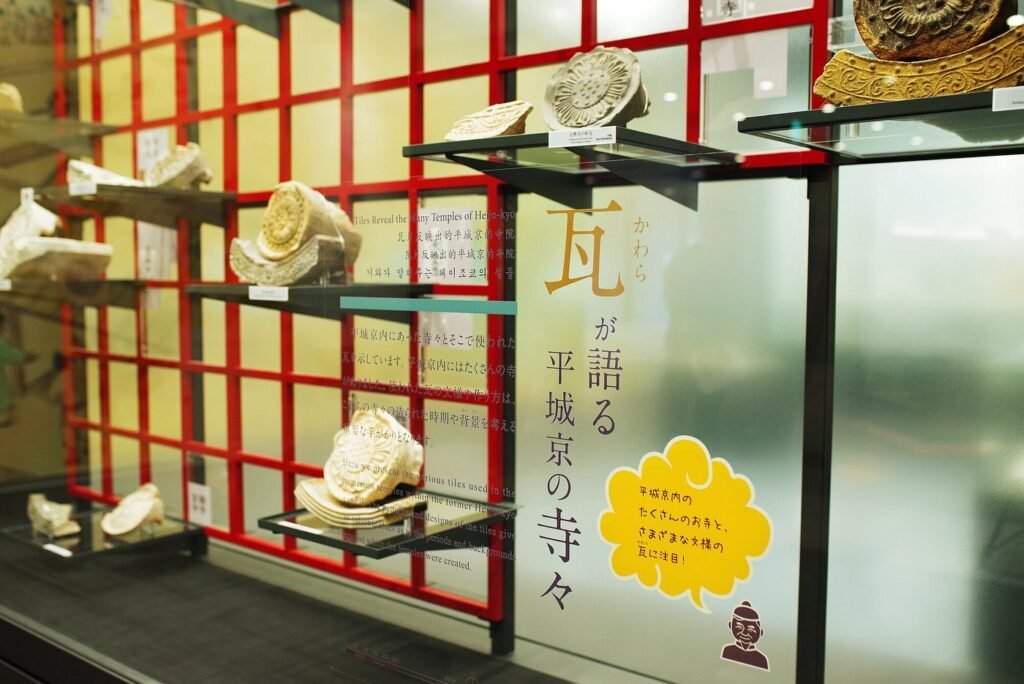
Inside the Heijō Palace complex is the Izanai-kan—an interpretive center designed to pull visitors deeper into ancient Japan. Think immersive models, restored architecture, archaeological finds, and interactive exhibits. It’s a family-friendly space with plenty of visuals and even hands-on activities for kids and curious grown-ups alike.
You’ll see how the capital was designed, how people lived, and what court life looked like during the Nara period. For anyone who enjoys visual storytelling, this is where the ruins start speaking.
Basic Info:
- Address: 3-5-1 Nijo Oji Minami, Nara City
- Phone: 0742-36-8381
- Hours: 9:00–17:00
- Closed: Second Monday of February, April, July, and November (closed next day if public holiday), also Dec 29–Jan 1
- Access: 10-minute bus ride from Kintetsu Nara Station
- Admission: Free
- Website: heijokyo.or.jp
13. Nara Prefectural Museum of Art: Traditional and contemporary art under one roof
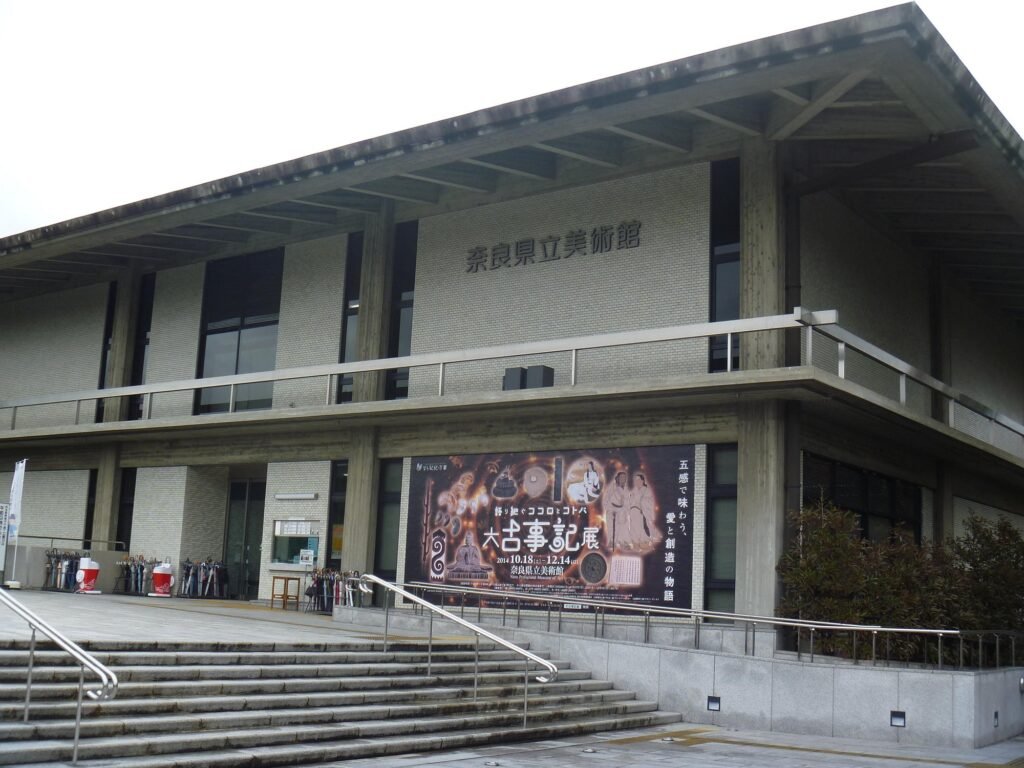
This museum showcases works inspired by Nara’s history and landscapes, while also hosting contemporary exhibitions featuring both local and international artists. The tranquil atmosphere makes it a calming stop for art appreciation.
Details
- Address: 10-6 Noborioji-cho, Nara City
- Phone: 0742-23-3968
- Hours: 9:00–17:00
- Closed: Mondays (next day if holiday), year-end holidays
- Access: 10-minute walk from Kintetsu Nara Station
- Admission: Adults ¥400, Students ¥250, Children ¥150
- Official site
14. Nara City Library: More than books—community, culture, and learning
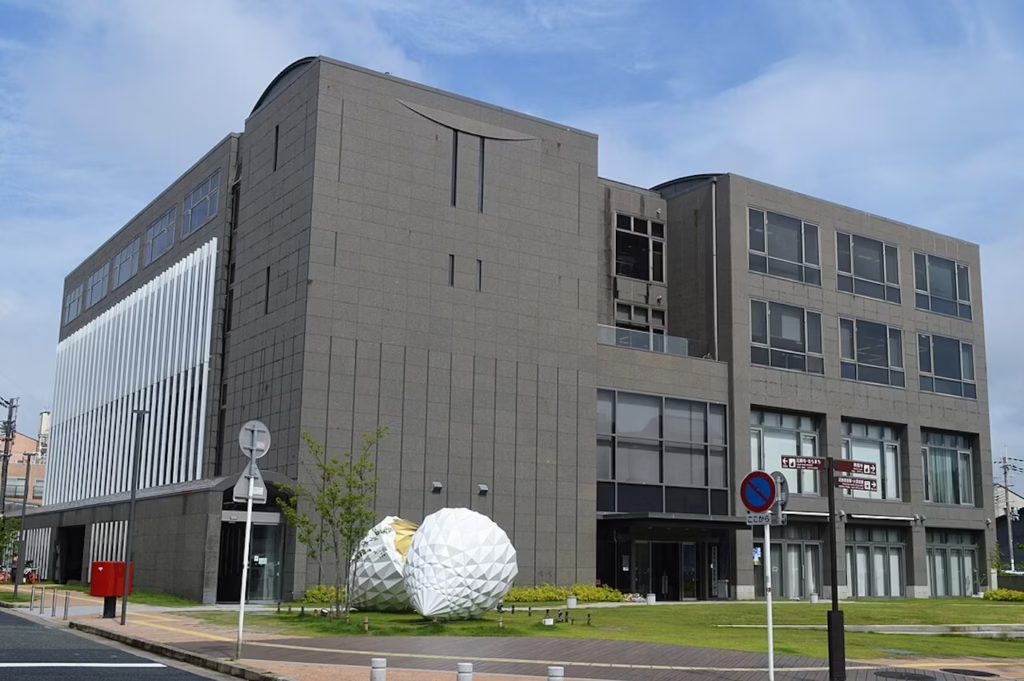
This public library is not just for locals. With a strong collection on Nara’s culture and history, as well as events, readings, and cultural workshops, it serves as a hub of knowledge for visitors of all ages.
Details
- Address: 1-1000-1 Daianji-nishi, Nara City
- Phone: 0742-34-2111
- Hours: 9:00–19:00
- Closed: Mondays, year-end holidays
- Access: 10-minute walk from Kintetsu Nara Station
- Admission: Free
- Official site
15. Nara National Museum: A national treasure trove of Buddhist art
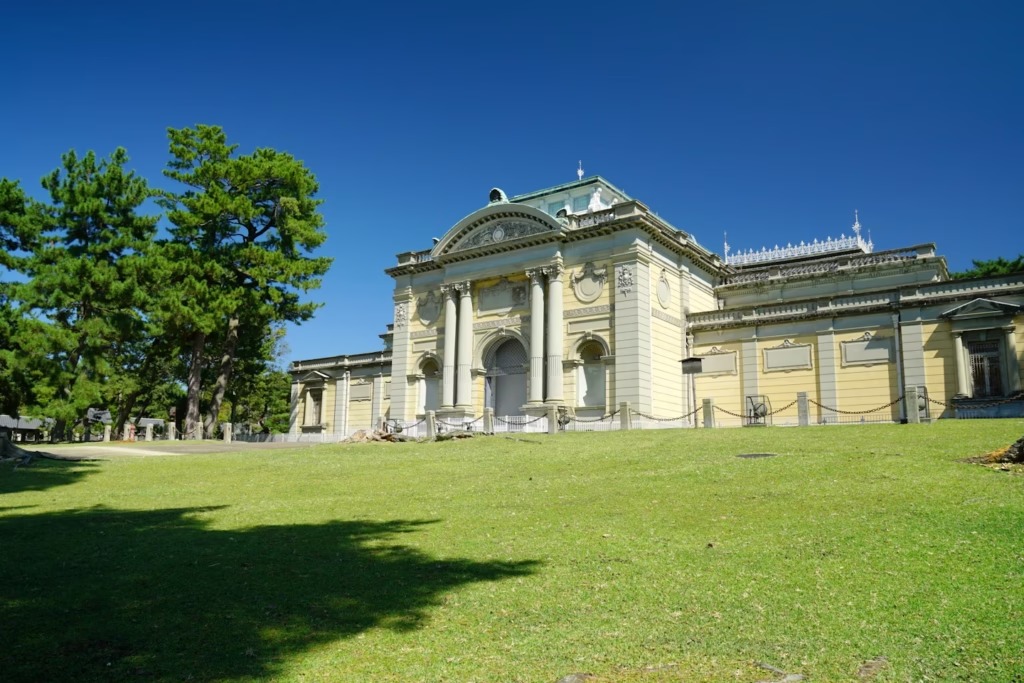
Located inside Nara Park and surrounded by icons like Tōdai-ji and Kōfuku-ji, the Nara National Museum is one of Japan’s oldest and most important museums. Since 1895, it has been a center for preserving and researching Buddhist art.
The museum’s “Nara Buddhist Sculpture Hall” features about 100 Buddhist statues, making it one of the largest collections in the country. The historic French Renaissance-style building, designed by Katayama Tōkuma, is itself a designated Important Cultural Property.
Details
- Address: 50 Noborioji-cho, Nara City
- Phone: 050-5542-8600 (Hello Dial)
- Hours: 9:30–17:00 (Saturdays open until 20:00)
- Closed: Mondays (next day if holiday), Dec 28–Jan 1
- Access: 15 min walk from Kintetsu Nara Station / 20 min from JR Nara Station
- Admission: Adults ¥700 / University students ¥350 (special exhibits extra)
- Official site
16. Nara Ikimono Museum: Wildlife of Nara meets hands-on fun
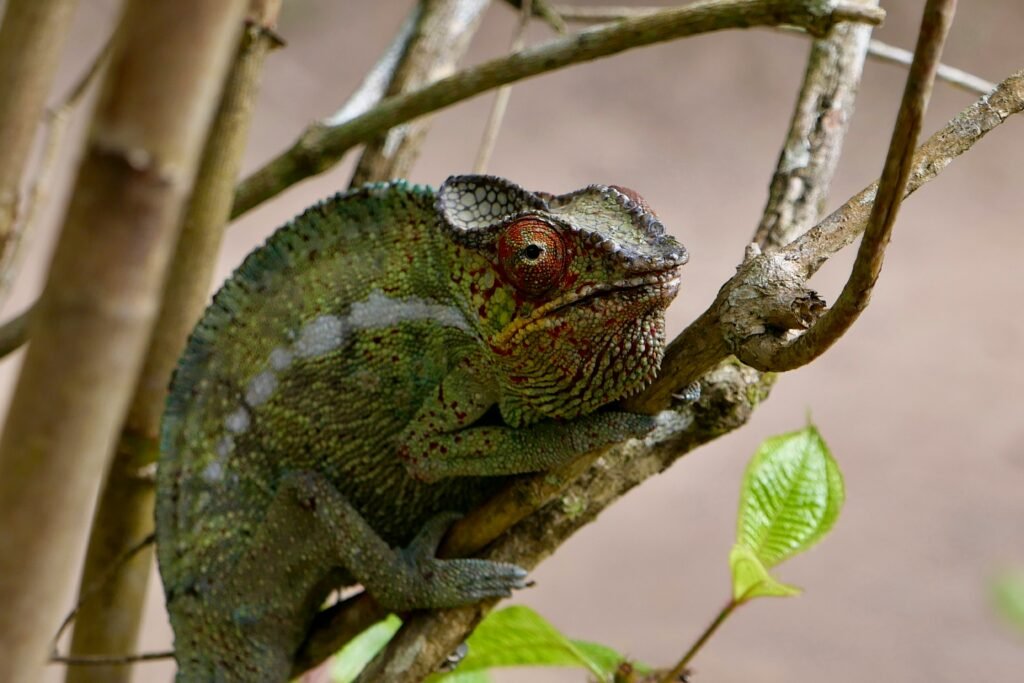
This immersive museum focuses on the living creatures of Nara—from native plants to wild animals. It offers informative displays alongside fun activities and interactive workshops designed for families.
There’s also a shop with plush animals and local-themed gifts, making this a great stop for visitors with kids—or anyone who loves nature.
Details
- Address: 4F of Mi Nara Mall, 1-3-1 Nijo Oji Minami, Nara City
- Phone: 080-4689-4240
- Hours: 10:00–18:00
- Closed: Open daily
- Access: 15 min walk from Kintetsu Nara Station
- Admission: Adults (middle school to 64) ¥1,300 / Children 4–12: ¥300 / Under 3: Free
- Official site
17. Nara City Cultural Hall: A creative and performance arts hub for the community
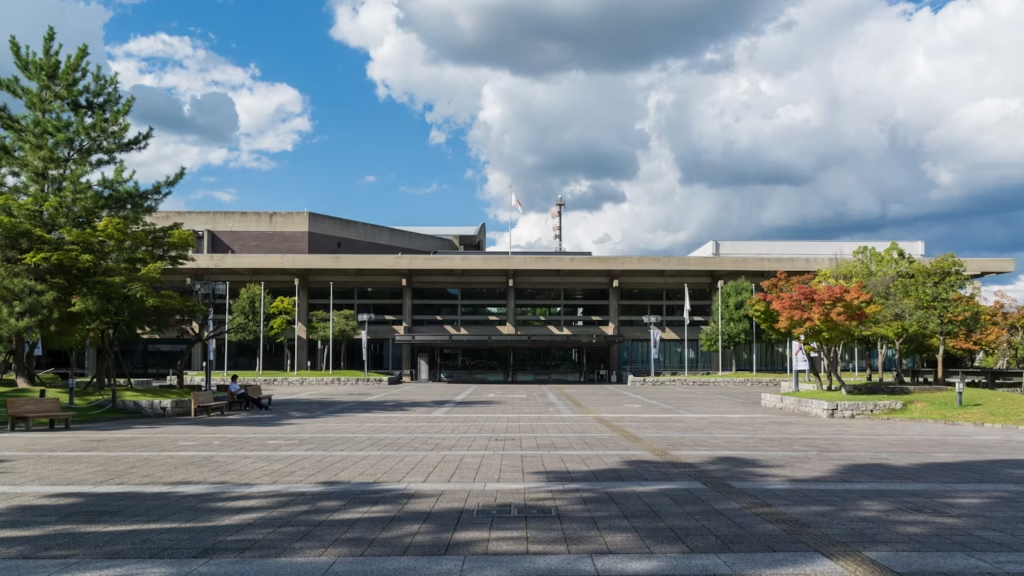
This centrally located cultural center is home to concerts, exhibitions, workshops, and lectures. With a range of halls and gallery spaces, it hosts events from classical music to local artisan fairs, helping enrich Nara’s cultural life.
There’s also a cozy café and an art gallery on site—ideal for a relaxed visit before or after exploring.
Details
- Address: 6-2 Noborioji-cho, Nara City
- Phone: 0742-27-9832
- Hours: 9:00–21:30
- Closed: Mondays (next day if holiday), year-end holidays
- Access: 10-minute walk from Kintetsu Nara Station
- Admission: Depends on event
- Official site
18. Naramachi: A photogenic district full of charm and tradition
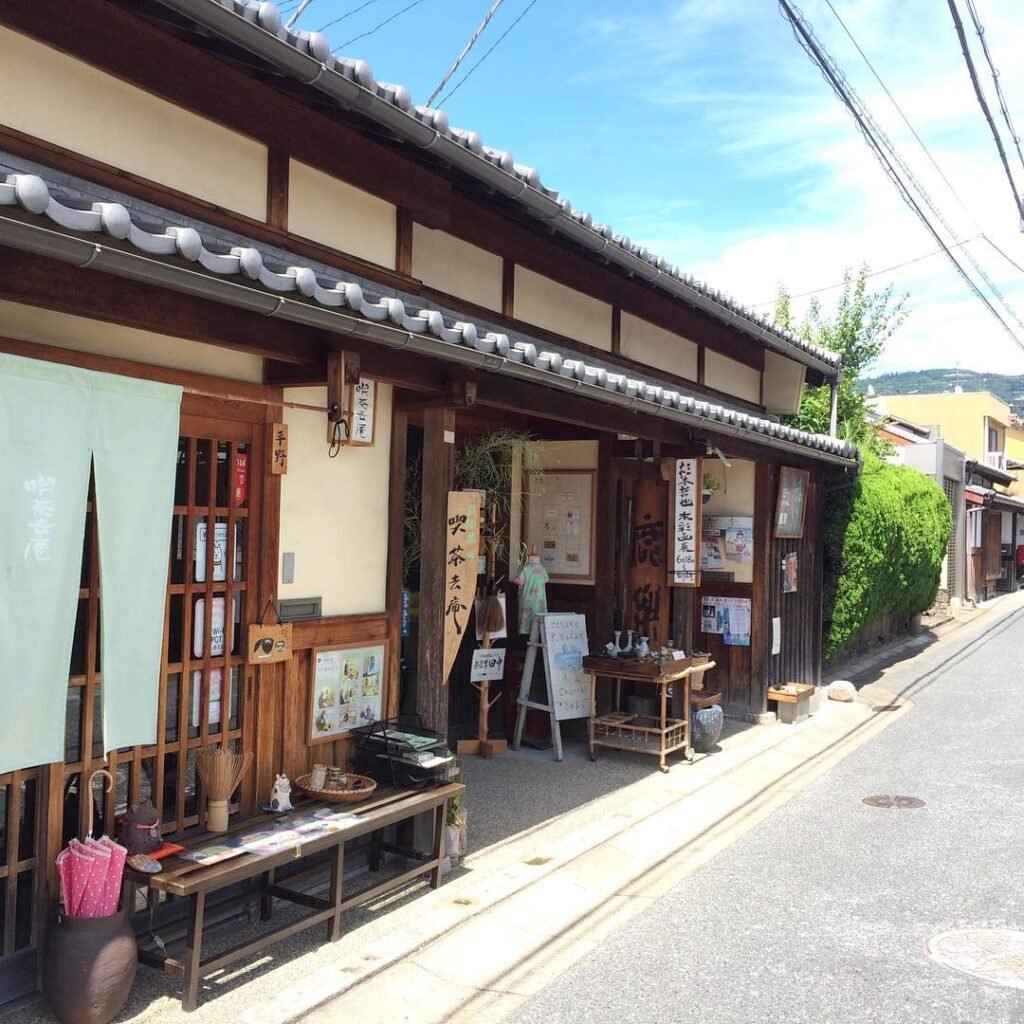
Wander the narrow streets of Naramachi, a preserved district filled with traditional townhouses, boutique shops, cafes, and temples. Many old homes have been converted into stylish cafés and artisan shops, while still retaining their Edo-era charm.
It’s one of the best places in the city to feel Nara’s quiet magic—and it’s just steps from major landmarks like Tōdai-ji and Kōfuku-ji.
Details
- Address: Naka-incho, Nara City
- Access: 10-minute walk from Kintetsu Nara Station
- Admission: Free (varies by shop or museum)
- Official site
19. Ishibutai Kofun: A massive stone tomb with deep historical roots
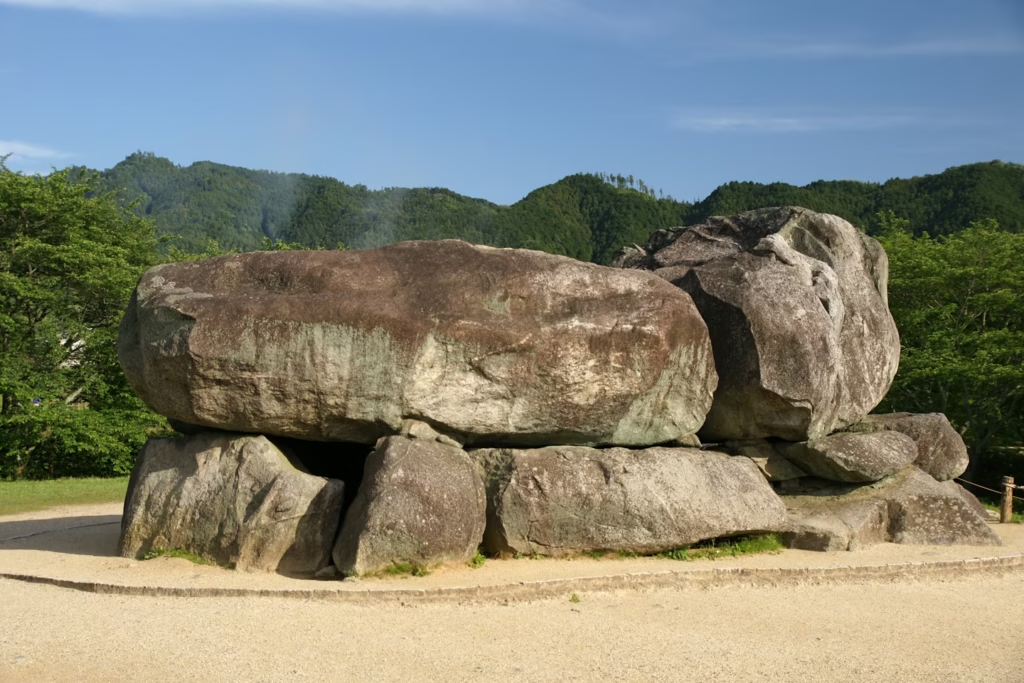
This ancient burial mound in Asuka Village is believed to be the tomb of Emperor Yōmei, father of Prince Shōtoku. Its defining feature is a huge stone chamber built from megaliths that weigh dozens of tons—an incredible feat for the 7th century.
The surrounding park is ideal for a walk, and interpretive signs help visitors imagine the scale and importance of this early monument.
Details
- Address: 133 Shimasho, Asuka Village, Takaichi District
- Phone: 0744-54-3240 (Asuka Tourism Association)
- Hours: 8:30–17:00
- Closed: Open year-round
- Access: 10-minute walk from Asuka Station
- Admission: Students ¥100 (high school and under)
- No official site
20. Byakugō-ji Temple: Tranquility, seasonal beauty, and Buddhist treasures
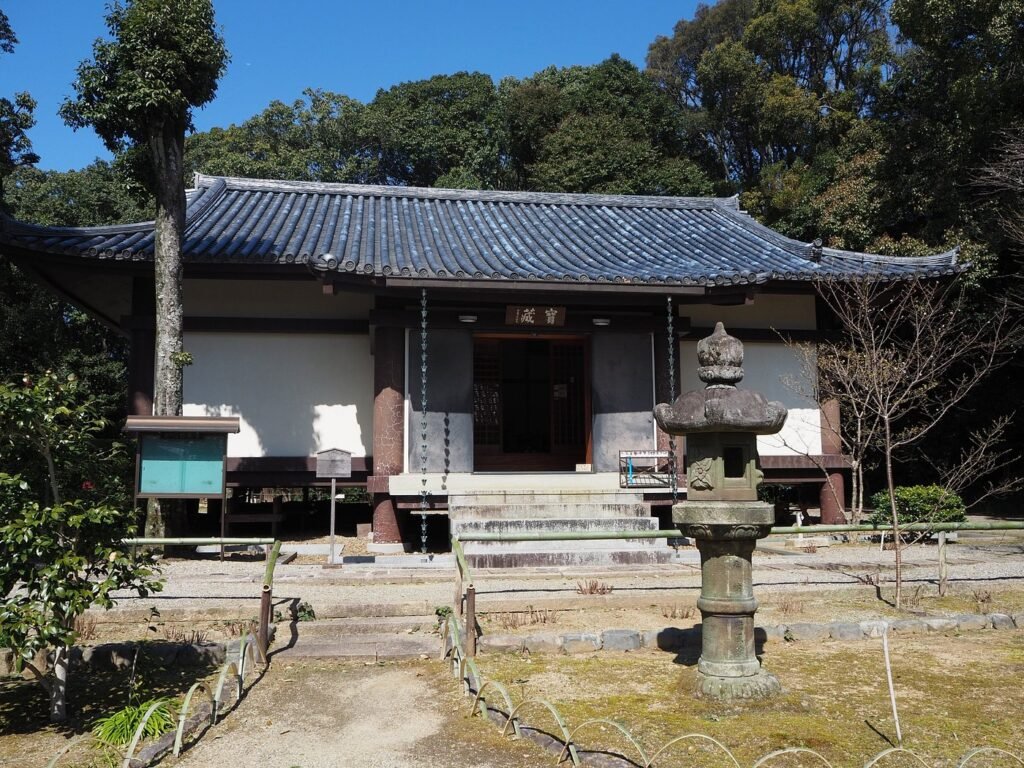
Tucked in the hills of Sakurai City, Byakugō-ji Temple is a quiet retreat known for its lush gardens and historically significant main hall. The temple houses important cultural assets and a peaceful atmosphere that makes it a favorite for slow travelers and spiritual seekers.
It’s especially beautiful during cherry blossom and autumn foliage seasons.
Details
- Address: Byakugōji, Sakurai City, Nara
- Phone: 0742-26-3392
- Hours: 9:00–17:00
- Closed: Open year-round
- Access: 15 min by bus + 10 min walk from JR Sakurai Station
- Admission: Adults ¥500 / Students ¥300 / Children ¥200
- Official tourism site
- 20 Hidden Gems in Nara You Shouldn’t Miss: Secret Spots Loved by Locals (2025)
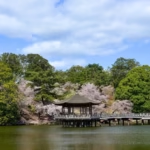
- Fukuoka’s Best-Kept Secrets: 10 Hidden Gems in Fukuoka Only Locals Know (2025)
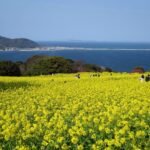
- Nagoya’s Best-Kept Secrets: 26 Hidden Gems in Nagoya Only Locals Know (2025)
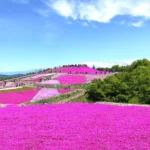
- 38 Best Things To Buy in Osaka: Unique Sweets, Snacks & Gifts You’ll Want to Bring Home (2025)

- 14 Best Hidden Gems in Osaka You Need to Visit in 2025 – Unique Spots Beyond the Crowds
